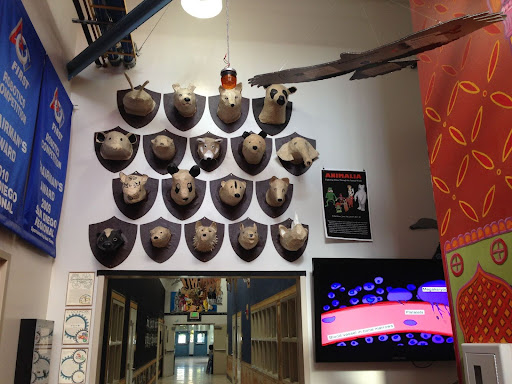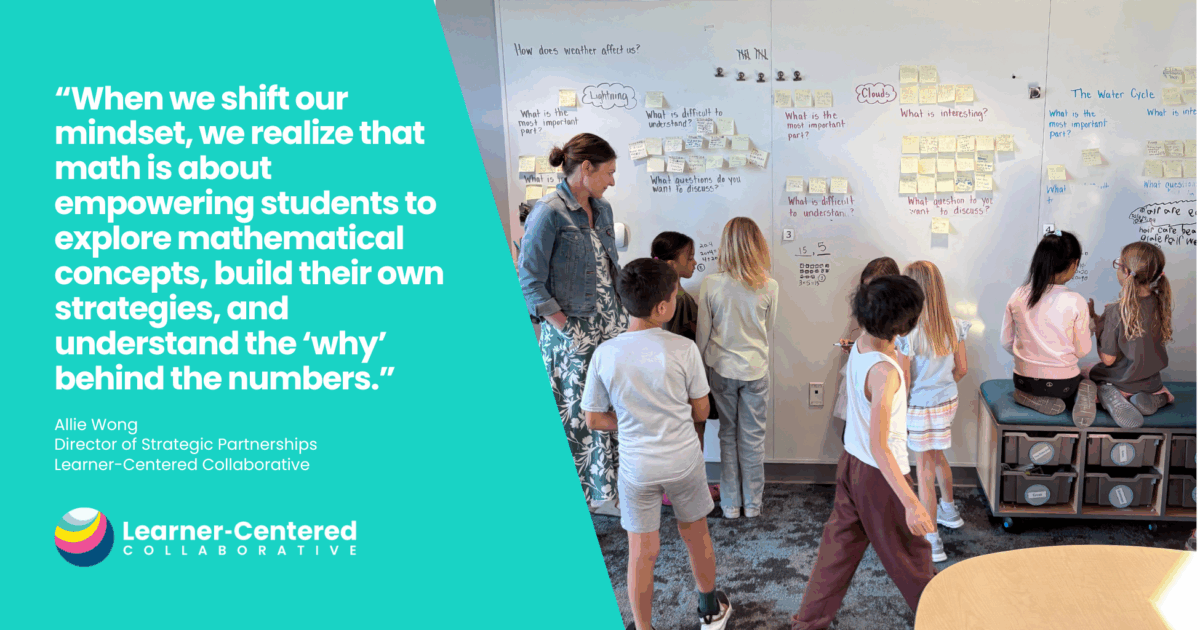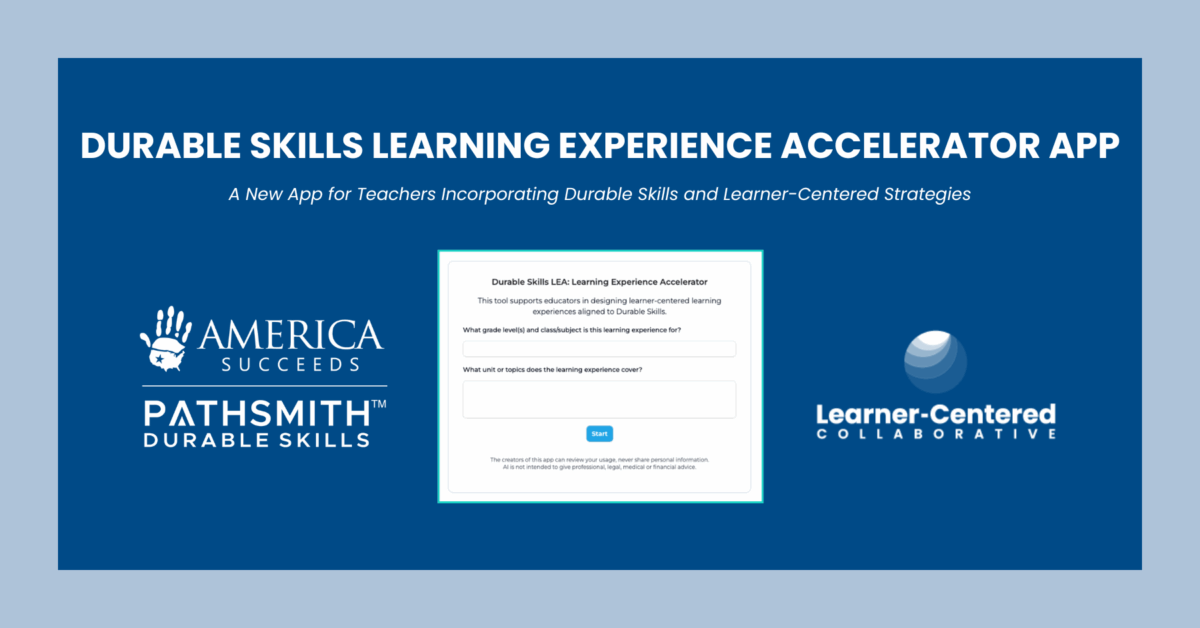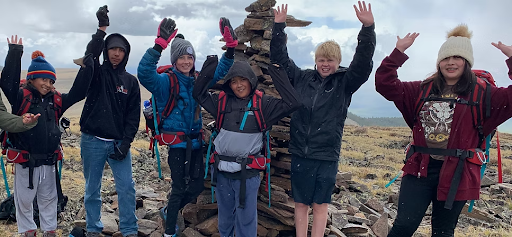Animalia: An Authentic Learning Project
During the Countdown to Winter Break 2023, Liz Perry shared three examples of projects that engaged authentic audiences for her 10th grade learners. Readers provided their input on which project they wanted to know more about and Animalia: Morals, Ethics & The Animal World, was your, the readers’, top vote.
An Authentic Learning Project
Throughout this project learners honed their academic skills – regularly engaging in seminars, reading, writing, history, philosophy, and the creation of visual art to deepen their understanding of moral and ethical theories. We read non-fiction texts on moral philosophy and examined them in both historical and contemporary contexts. We read fictional texts, like Animal Farm, Maus, and the Life of Pi that feature animals in literature to better understand how and why animals are used to tell stories with strong moral and ethical underpinnings. In the end, each learner wrote multiple drafts of four original works written in different styles: a fable, a parable, a paired couplet (see student example), and a dystopian short story. Two stories were accompanied by an original piece of visual art, an animal bust created from chicken wire and paper mache (the custom newspaper print showcasing each student’s story) and a fictional animal from their final dystopian story.

This semester-long project was designed with layers of content and experiences, opportunity for practice and revision, and multiple and various assessments to show growth over time. As a culminating event, learners exhibited their work to family, friends, and community members at an all-school exhibition. We turned a room into a fireside lodge, complete with a YouTube fire projected onto the wall. We decorated the room with learners’ original sculptures, featuring characters in their story, and each student read aloud their favorite original piece from the semester. I heard recently from a former colleague that students’ animal busts still hang in the school hallway – their work serving a new authentic audience, current students and visitors who come to see the school.
Looking to design an exhibition of learning? We’ve compiled resources to help you on our Host an Exhibition of Learning strategy page.
Tips for Designing Authentic Learning with Authentic Audiences
This project is only one example of a project that engages an authentic audience. There is no one right way nor ever a perfect project. From wherever you are and whatever you teach, there are, however, three practices I’ve embraced along the way that you may find supportive.
1. Adventure With Learners & Explore What Sparks Interests
Animalia, as a project, was born during a trip with students to Puerto Rico and the Dominican Republic. I spent years in Latin America in my 20s, and I was blessed with the opportunity to travel there with students, many of which were taking their first flight and most their first international trip. While staying in a hostel in the Dominican Republic, some of us saw an artistic rendering of a rhino bust covered in old pages of a book. As I adventured with these learners, building deeper relationships and mutual understanding of one another as whole human beings, this one artifact sparked a cascade of ideas.
One way to increase authenticity in projects is to adventure with learners beyond school walls and, while doing so, take note of shared and individual interests and ideas. While this was quite a big adventure, they don’t have to be. A simple walk to a neighboring park or community center, a public transit ride, or heading to see a local film or event are certain ways to deepen relationships and pinpoint interests to explore for future projects.
Explore more Project-Based Learning strategies.
2. Start Living The Project & Do It Yourself
When I returned from the trip in mid-January, I shared the seedling of an idea for this project with my teaching partner. Now was a great time for us to start considering our project for the fall of next year. A longer runway, I’ve found, gives time for us to start living the project. To me, living the project means that we start to see the world through the lens of the project we are considering. As we do so, we find connections all around – in what we’re reading, listening to, experiencing at school with our learners and in the world beyond school walls. Living the project allows us to make authentic connections to the world around us and build those into the project experience.
The longer runway also gives us time to do the project ourselves. I read books and drafted stories and my teaching partner and I learned that the chicken wire we planned to use for animal busts could do a number on your hands. We needed to find some gloves! Doing the project first helps in planning considerations and to anticipate challenges ahead of time.
3. Filter the Project Through A Real World Lens
As a humanities teacher, I also filter the project through the lens of what writers, historians, philosophers, and artists do in the real world. What does the work of a historian in the “real-world” work look like? Who does the work of a writer serve? Who sees and benefits from the work of a philosopher? This can be done in any project and helps to identify the types of authentic assessments and various types and levels of audience you might consider. In this project, we spent time reading and researching, drafting, revising, discussing, reflecting, creating, and presenting. And, when it came time to share our work with others, we considered an authentic audience for our written work and visual pieces. An evening of fireside storytelling fit the bill.
Feeling inspired? Start designing an authentic learning experience as you take our Design Real-World Learning Experiences course.
It is important to note that the conditions for these practices are never entirely perfect. For example, you may not have months of lead time to design your next project. However, you can start from wherever you are and take small steps toward designing more authentic experiences for our learners. Here, I’ve featured three practices for strengthening the authenticity of your projects and audience, but this is far from an exhaustive list.
What other projects have you done, seen, or heard of that engage learners in authentic contexts and with authentic audiences? What practices would you add that have been effective in amplifying the authenticity in your projects? Share with us!







